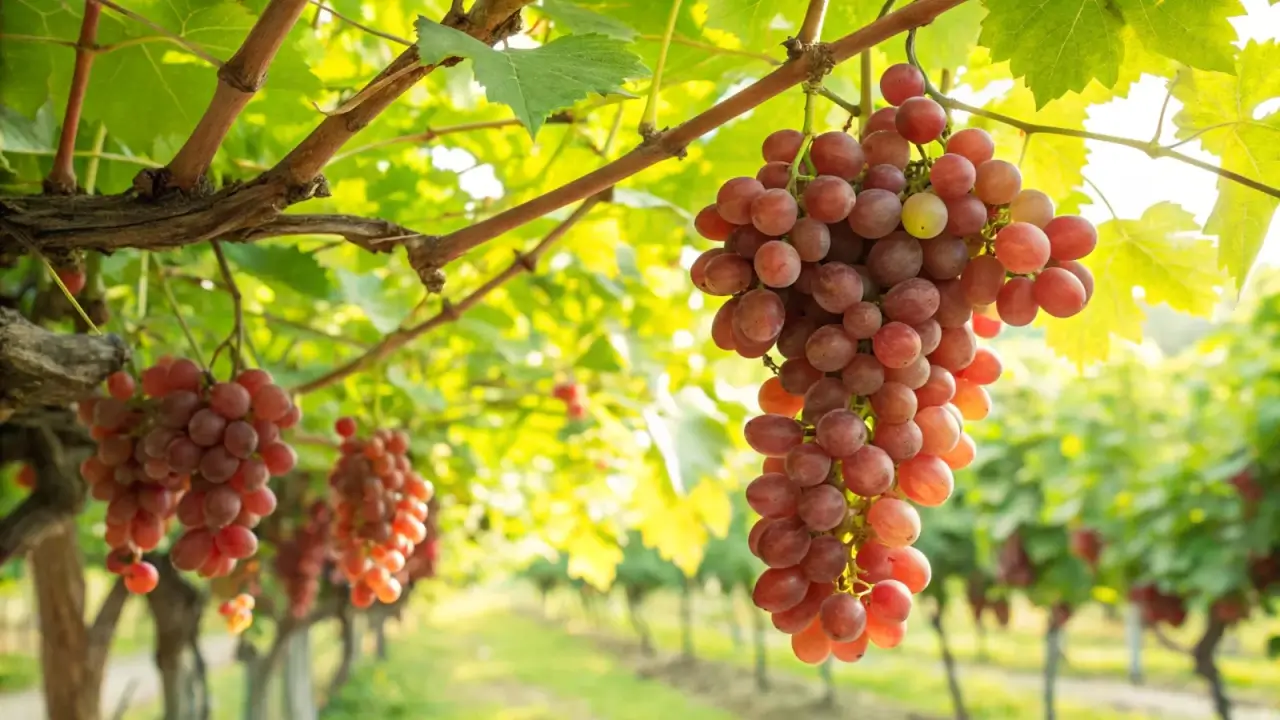
"The technique's success in dry farming is surprising, as it shows that crops don't need daily watering and pampering for a good yield."
"Crops adapted to regions with 10 inches or less of rain per year can grow nutritious and flavorful food, demonstrating the effectiveness of dry farming."
"Soil that is deep, arable, and drains well with good water-holding capacity is paramount to successful dry farming systems."
"Choosing the right dry farming crops depends on understanding regional geology and rainfall conditions, as availability of options varies with water resources."
Farmers are adjusting to heat and water scarcity by implementing dry farming techniques that conserve non-renewable resources. Dry farming demonstrates that crops can thrive without daily watering, leading to good yields. The practice has origins in regions with low rainfall, like those of the Hopi in northern Arizona, and has spread to various conditions. Soil quality plays a significant role in successful dry farming, with deep, arable soil being essential. Crop selection must consider regional geology and rainfall, indicating a diversity of options based on environmental conditions.
Read at Modern Farmer
Unable to calculate read time
Collection
[
|
...
]